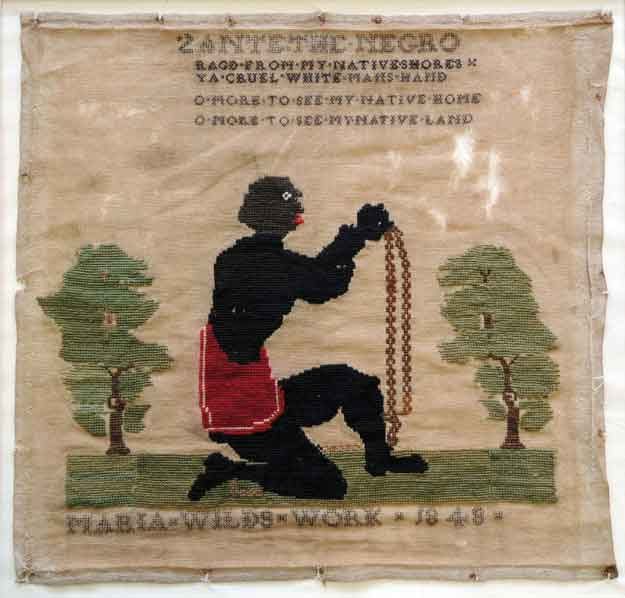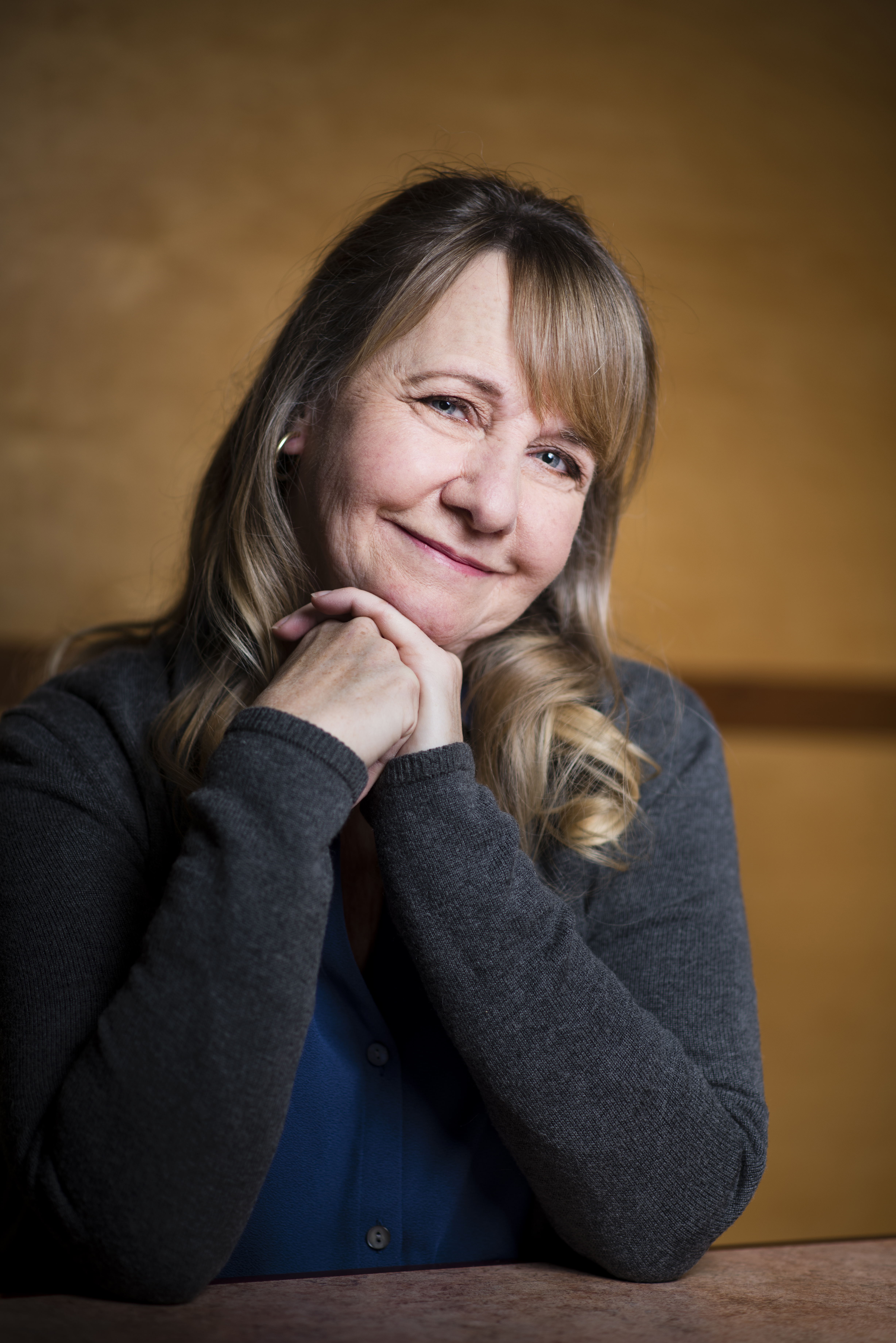When we think of Concord’s history, images of Walden Pond, the Old North Bridge, Transcendentalists, and Little Women might come to mind. We don’t always think about a remarkable, diverse group of women from Concord’s past dedicated to eradicating slavery. We might not even know their fascinating story. The Concord Female Anti-Slavery Society worked diligently across three decades, becoming important players in the abolitionist cause, and helping to more widely promote its messages.
Women across the 26 states admitted to the Union by the mid-1830s were becoming involved with the nascent abolition movement. They often played significant, if behind-the-scenes roles. William Lloyd Garrison, Boston-based editor of the anti-slavery newspaper The Liberator and founder of the New England Anti-Slavery Society, once referred to female abolitionists as “the great silent army.” But the women weren’t silent. They left behind letters, petitions, and diaries documenting their many and varied roles supporting and shaping the abolition movement.

Lidian Emerson with Edward W. Emerson
| Courtesy of Concord Free Public LibrarySince Concord’s early days, women had been active in social reforms like temperance and various charitable efforts. But in the 1830s, something was changing. There was more buzz about abolition. This came about in part through widely circulated copies of The Liberator and other papers excoriating the wrongs of slavery. It came in part through sermons delivered by ministers like John Wilder, a staunch abolitionist who took the pulpit at Concord’s Trinitarian Church in 1833. And it came about in part through speakers at the Concord Lyceum, formed in 1828 for the purpose of “improvement in knowledge, the advancement of Popular Education, and the diffusion of useful information throughout the community.”
In the early fall of 1837, abolitionist sisters Angelina and Sarah Grimké gave a series of talks in Concord. They were the guests of Mary Merrick Brooks, and attended dinners hosted by Mary Heywood and Lidian Jackson Emerson. As historian and Concord resident Bob Gross has written, most of Concord’s prominent men were hesitant about abolitionist activism; some even opposed it. After the Grimké’s inspirational events, Concord’s women decided it was time to organize and act, themselves.
On October 18, 1837, 61 women gathered to form the Concord Female Anti-Slavery Society (CFASS). Though they suggested this meeting was “an event noticed but little by the inhabitants of the town,” members of this group would work together to transform what historian Lori Ginzberg calls an “ideology of benevolence” into actionable public activism.
The Concord Female Anti-Slavery Society was unusual among its sister female abolitionist groups because of its diversity. The women were Black and White, young and old, with different levels of education and economic security. Some of the women came from well-known Concord families, like Cynthia Dunbar Thoreau and her daughters, Helen and Sophia; some from families whose names have become familiar only in more recent times, like Susan Robbins Garrison and her daughters, Susan and Ellen. Mary Wilder, wife of Reverend John, was elected CFASS’ first president, Helen Thoreau, vice president, and Mary Merrick Brooks, secretary/treasurer.
 Courtesy of Concord Free Public Library
Courtesy of Concord Free Public LibraryWomen chose to join the Concord Female Anti-Slavery Society for different reasons. Some saw slavery as a political, social, or religious issue. But it wasn’t just hearing about the moral turpitude of slavery that inspired some of Concord’s women. Some of them knew from personal experience or direct observation about slavery’s iniquities. Mary Merrick Brooks’ family had enslaved people. Historian Tiya Miles suggests that Louisa May Alcott, who loved to wander Concord’s woods and fields, no doubt encountered Concord’s small Black population living on the town’s outskirts; some of them had been enslaved people. Susan Garrison’s husband, John, and her father, Caesar Robbins, were both formerly enslaved people.
Part of what we know about CFASS and its activities comes from Prudence Ward’s letters. She and her mother came to Concord in 1833, moving in with longtime friends Elizabeth, Maria, and Jane Thoreau, Henry David’s aunts. We find out from Prudence how Mary Merrick Brooks became CFASS’ de-facto leader, and how the women worked to bring prominent anti-slavery speakers like Harriet Tubman, Wendell Phillips, and Frederick Douglass to Concord. We also learn how the CFASS women became active in the petition movement. Although they did not have the right to vote, themselves, women knew that their signatures in great numbers on petitions about abolitionist issues to state and national legislators still carried some weight.
Women in CFASS were also active in the abolition movement in other ways. They organized fairs and sold home-baked goods – including Mary Merrick Brooks’ famous Brooks Cake – sewed pieces with anti-slavery slogans and made other crafts to raise money for anti-slavery endeavors. Mary Merrick Brooks and others became active in regional women’s groups, like the Middlesex County Anti-Slavery Society; some even traveled out-of-state to attend large conventions where women shared abolitionist strategies.
Some of the CFASS women were involved with the underground railroad. We know, for instance, that the Thoreaus, the Bigelows, the Rices, and others were active participants. According to Ann Bigelow, after the passage of the Fugitive Slave Law in the 1850s, “nearly every week” some freedom seeker “would be forwarded with the utmost secrecy to Concord to be harbored overnight.”
Another activity engaging some of the CFASS women was their effort to get local icon Ralph Waldo Emerson to speak up and speak out against slavery. Women including Mary Merrick Brooks and, of course, Lidian Emerson, were savvy enough to know that if Waldo were to make his renowned voice heard on this issue, people would listen. Their pressure campaign eventually worked.
Several CFASS women pursued their efforts even after the Civil War and slavery had officially ended. Some would become educators, going south to teach in schools for newly freed Black people. One of those who pursued this path was Ellen Garrison.
Historian Sandy Petrulionis points out that although grassroots reforms during the antebellum era were nearly always a communal effort, most histories tend focus on the individual men involved in developing the ideals that supported them. In Concord, we can note and celebrate the fact that women also played a critical role in supporting and promoting the anti-slavery movement. One such recognition effort comes from the Friends of Sleepy Hollow: because the great majority of the CFASS women are buried there, the Association will be adding a prominent marker about these brave and important women of Concord’s past.


